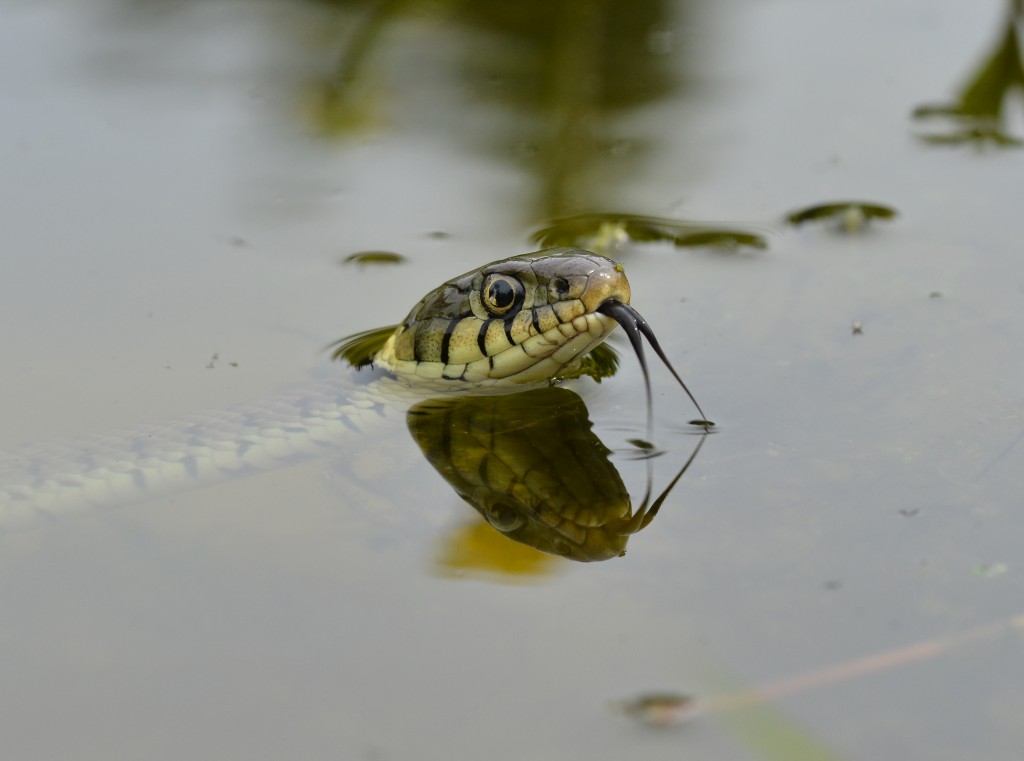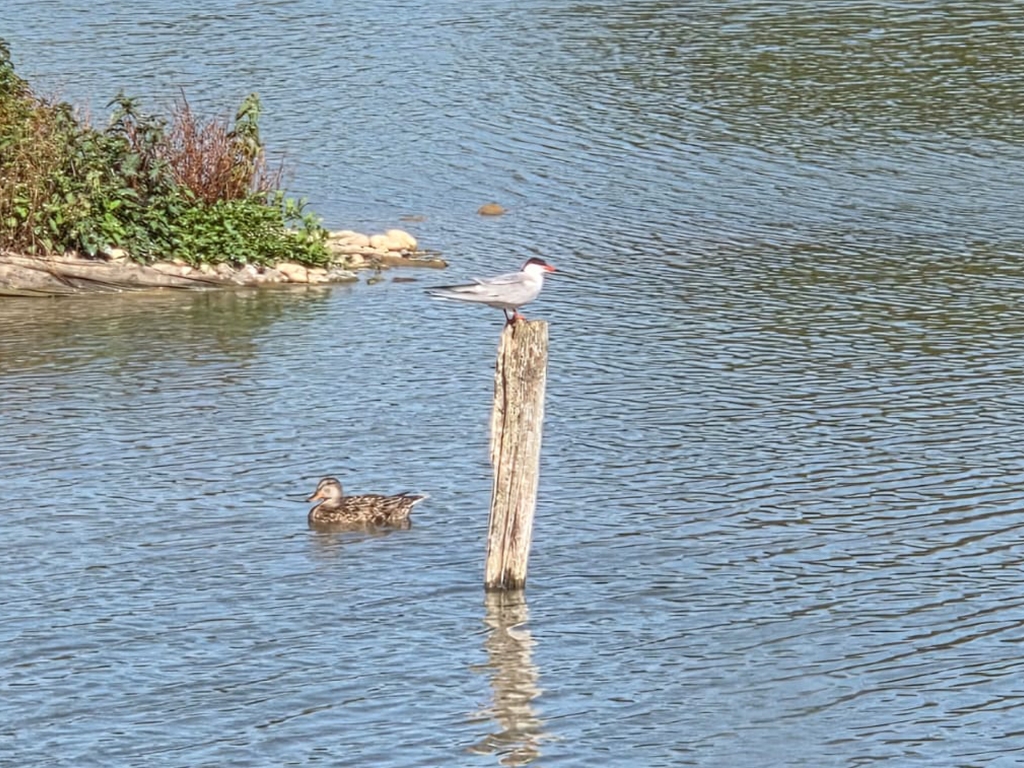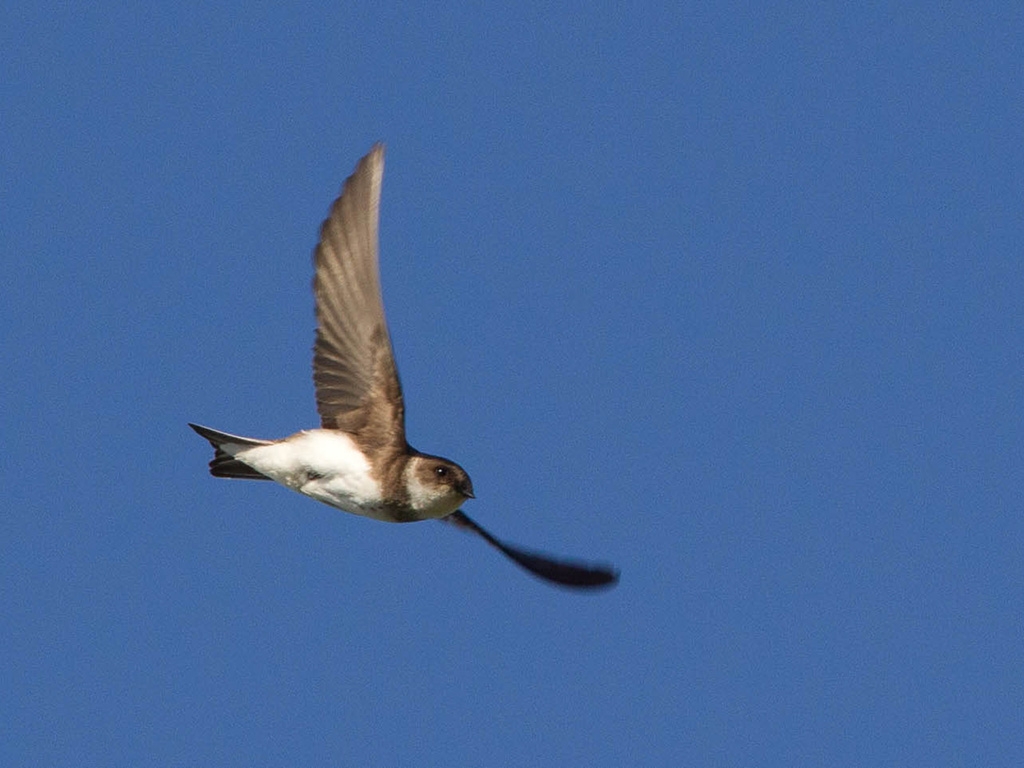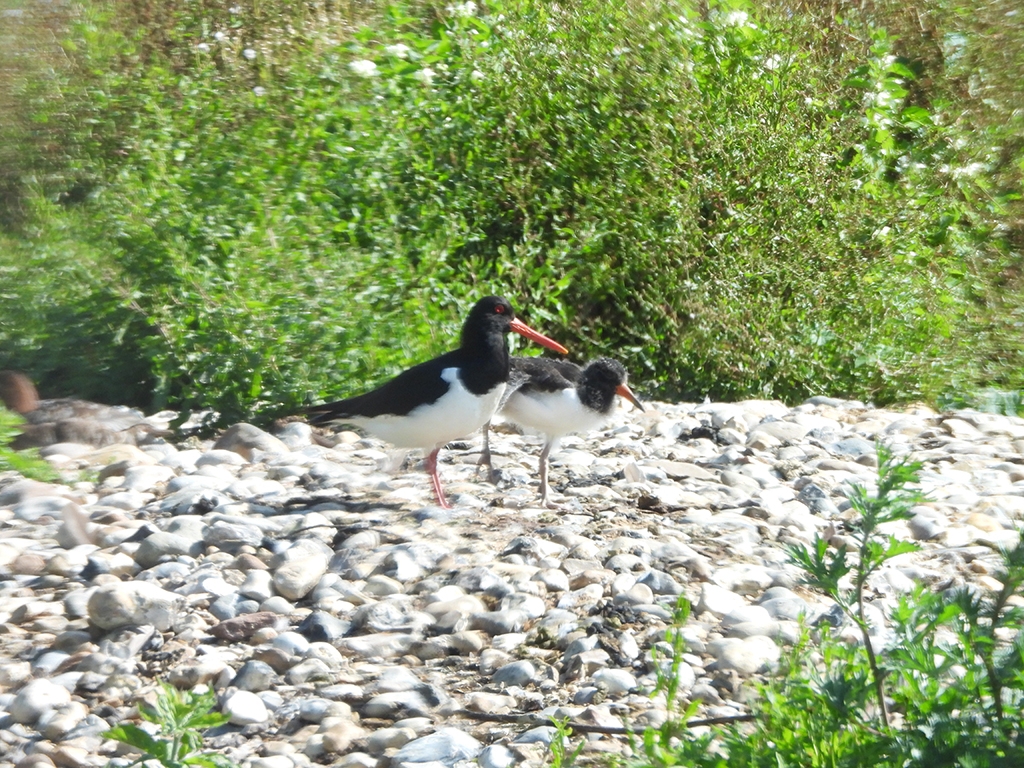Hairy dragonflies, busy mason bees & lapwing chicks


This is the May 26 edition of the Wildlife Sightings column by Paul Stevens for the Observer Series of newspapers.
A HAIRY dragonfly appeared in our Meadow Maze on Sunday as we worked to get the area ready to open for the summer half term. Also known as the spring hawkers these dragonflies are usually the first to emerge in May. They are the smallest hawker dragonfly in the UK. Their thorax is covered with small hairs giving them a fuzzy look, but you have to be very close to see those! We also had a black-tailed skimmer sighted near the Ramsar hide on Sunday.
While working in the Meadow Maze I came across a newly emerged small copper butterfly on the lookout for some dock or sorrel to lay their eggs. The new bug hotel there was swarming with female mason bees. The males have now died off after mating and the females are making egg chambers in the hollow bamboo sticks in the bug hotel. The bees make a ball of pollen, lay an egg on it and seal it up creating a little chamber. The repeating this, working outwards until the hollow is filled. Mason bees are great to attract to your garden as they pollinate the plants but females only sting if harmed or trapped and the males don’t sting at all.
From the Lapwing hide on Monday I spotted two, week-old lapwing chicks. The lapwings at Arundel Wetland Centre are doing well this year with many chicks surviving and fledging on the wet grassland and on the Arun Riverlife lagoon. We are waiting for the eggs of the oystercatchers sitting opposite the Ramsar hide to hatch. They incubate their eggs for 28 days. A songbird’s eggs hatch at about 10 days and the chicks remain in a cosy nest. Waders like lapwings and oystercatchers are on the move immediately after the eggs hatch so the chicks need more time in the egg to emerge well developed and ready.
While walking the site I was checking survey tins when I surprised another grass snake. It slipped into the water, the lifted its head, flicking its tongue to taste the air to see if I was a predator. The snakes also do this to track prey when they are hunting. Luckily I had my camera!
BTO reports on the morning of May 19 swallows were coming through Portland Bird Observatory at rate of 550 an hour! They are a bit late returning this year but Northern winds this spring likely slowed them down. We also had a green shank moving through the reserve on Sunday.



